PJAMA DRYGUARDIANS
BEDWETTING TREATMENT TIPS
WE KNOW HOW DIFFICULT BEDWETTING CAN BE FOR THE ENTIRE FAMILY
HERE ARE OUR TIPS!
YOU ARE NOT ALONE!
Bedwetting is common — and nothing to be ashamed of. It can affect confidence, routines, and sleepovers, but with the right approach, progress happens.
BEFORE YOU BEGIN
Seek professional advice to ensure there are no underlying causes that need attention first.
ENCOURAGEMENT AND MOTIVATION
Patience is key. Real results come with consistency.
If you’ve just started using Pjama DryGuardians Sleepwear and the Stand Alone Alarm Sensor, focus on one small goal at a time — each success brings you closer to dry nights.
Remember, you can do this.
Your encouragement matters — when parents stay positive, children believe in themselves too.
THINGS TO CONSIDER WHEN USING THE DRYGUARDIANS ALARM
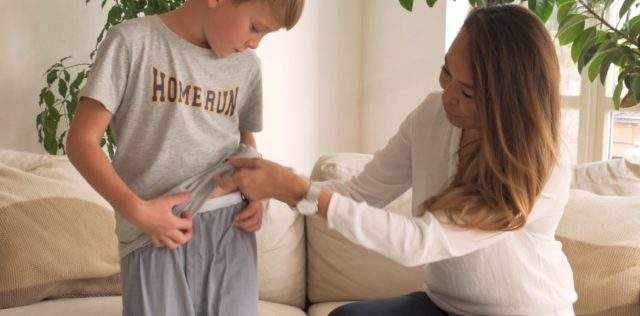
BEFORE TREATMENT BEGINS
- Set up the Pjama DryGuardians Alarm near your child’s bed.
- Make sure your child goes to the toilet before bedtime.
- Attach the sensor to the Pjama DryGuardians Sleepwear, or place the Stand Alone Alarm Sensor in your child’s underwear.
- During the first weeks, sleep close to your child so you can assist quickly when the alarm goes off.
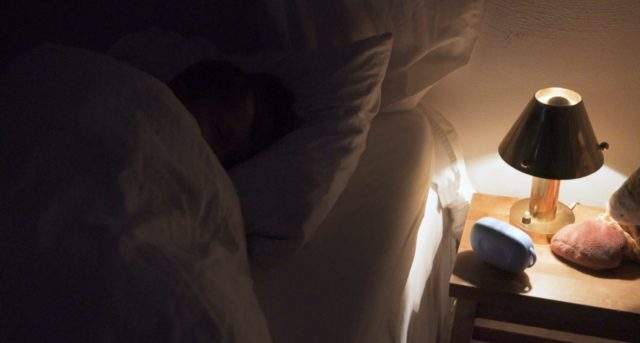
DURING TREATMENT
- Keep the alarm on every night throughout the treatment.
- When the alarm sounds: your child should wake up, stop urinating, turn off the alarm, and go to the toilet.
- If your child doesn’t wake up, gently help them do so.
- Use the alarm only once per night to let your child sleep peacefully afterward.
- Remove the sensor from the garment after silencing the alarm to prevent reactivation.

APP LOGGING DURING TREATMENT
- Log bedtime and results every night.
- Mark whether it was a dry, wet, or very wet night.
- Note if your child woke up on their own or needed help.
- If the alarm didn’t log automatically, add the info manually later.

ABOUT THE TREATMENT
- The first few weeks are often the most challenging — that’s completely normal.
- Results take time. Be patient and celebrate small signs of progress, like less urine or more dry nights.
- If Pjama DryGuardians Sleepwear isn’t available in your child’s size, you can use Pjama Protect Sleepwear as a cover layer to keep the bed dry.
- It’s fine to use the alarm longer, but if there’s no further improvement after 12 weeks, take a break and restart later.
- If the treatment doesn’t work right away, try again after a short pause — many families succeed on the second round.
- Sometimes children start wetting the bed again even after becoming dry. That’s okay — use the alarm again, it often helps quickly.
HELPFUL EVERYDAY ADVICE
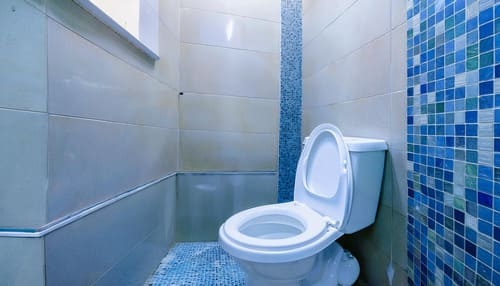
BUILD HEALTHY TOILET ROUTINES
Encourage your child to visit the toilet about five times a day – even if they don’t feel the need to go.
Use gentle reminders with the DryGuardians App or the Pjama Vibrating Wristband to help make it a daily habit.

LET YOUR CHILD DRINK AS USUAL
Swedish research shows that what or when your child drinks doesn’t affect bedwetting treatment.
So, let them drink normally throughout the day — it’s perfectly fine to do so.
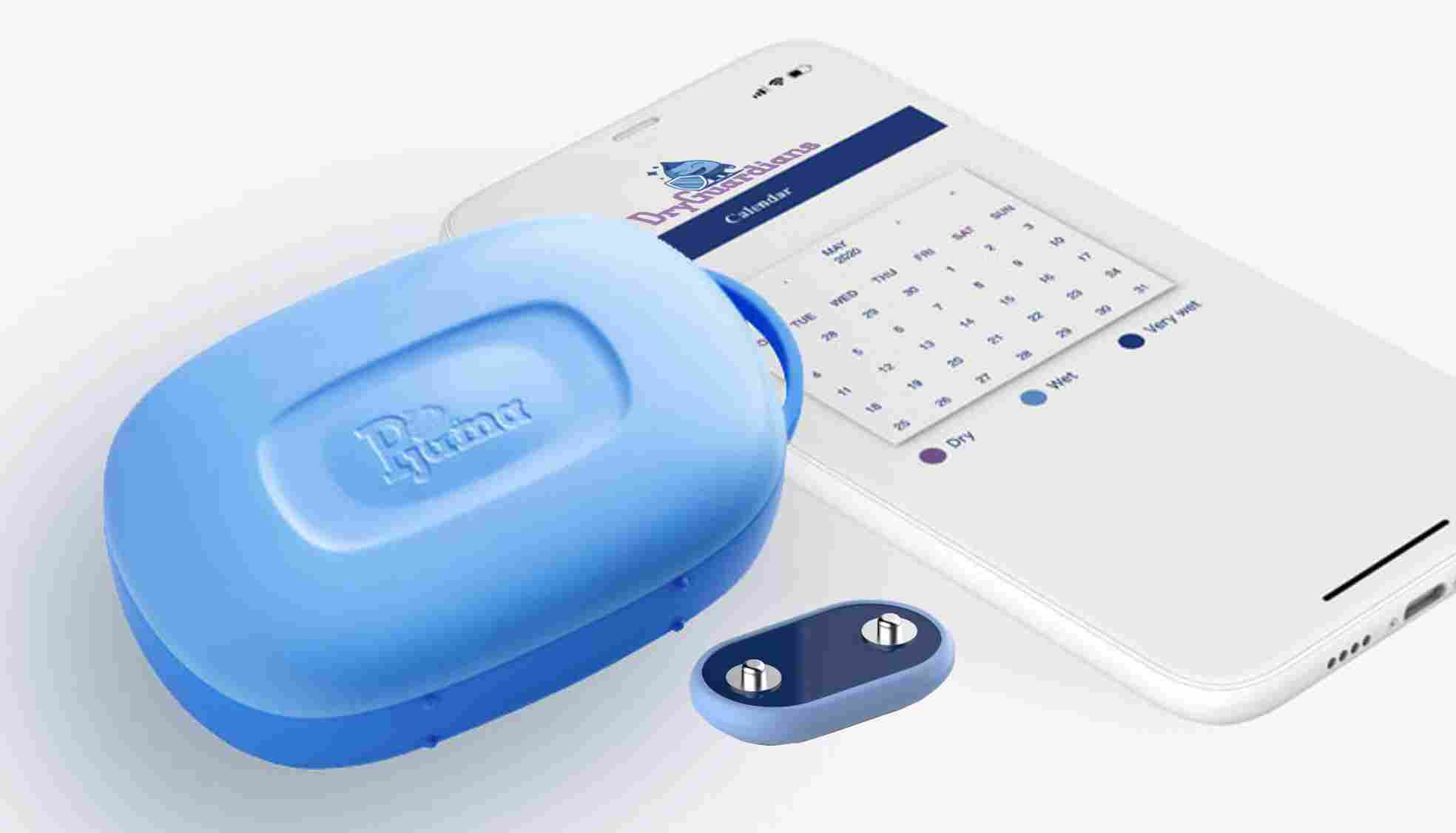
SUPPORT PROGRESS WITH THE DRYGUARDIANS APP
Around 60-80% of children using bedwetting alarms stop wetting the bed within three months. No medication is needed — just patience and consistency.
Alarm treatment is a learning journey. Stay calm, celebrate small wins, and keep going — progress takes time, but it happens.
In the beginning, parents may need to help the child wake up and go to the toilet. Within a few weeks, a simple bedtime routine usually forms.
Once the treatment starts, use the Pjama DryGuardians Stand Alone Alarm Sensor every night.
If your child sleeps away from home, the alarm can connect to a mobile phone for discreet vibration alerts.
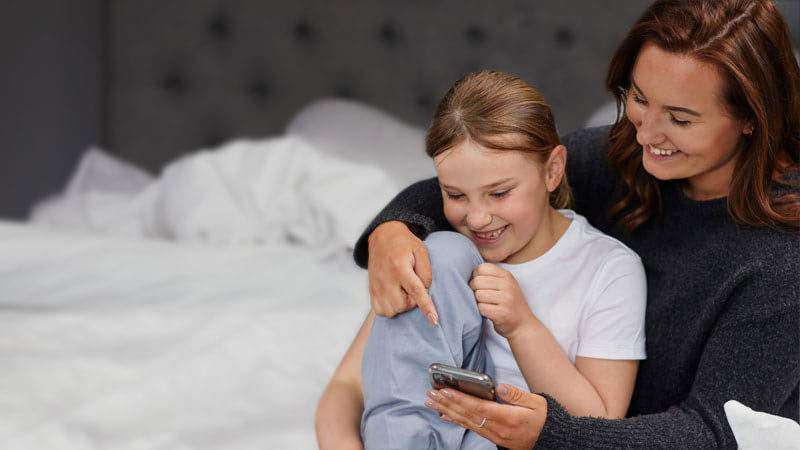
INVOLVE YOUR CHILD IN THE PROCESS
Make sure your child understands what’s happening and why.
Use the DryGuardians app calendar to track progress together — seeing improvements helps build motivation.
Always stay positive. Never punish your child for accidents; encouragement and calm guidance are what truly help.
WHAT NOT TO DO
AVOID SCHEDULED NIGHTTIME WAKING
Waking your child on a set schedule may seem helpful at first, but it’s hard to maintain and doesn’t support long-term progress.
Instead, let the DryGuardians Alarm do the work — it helps your child learn to wake naturally when needed.
AVOID PELVIC FLOOR MUSCLE TRAINING
Encouraging your child to “hold it in” during the day can cause other problems, like urgency, daytime wetting, or urinary tract infections.
It’s best to let the body follow its natural rhythm.